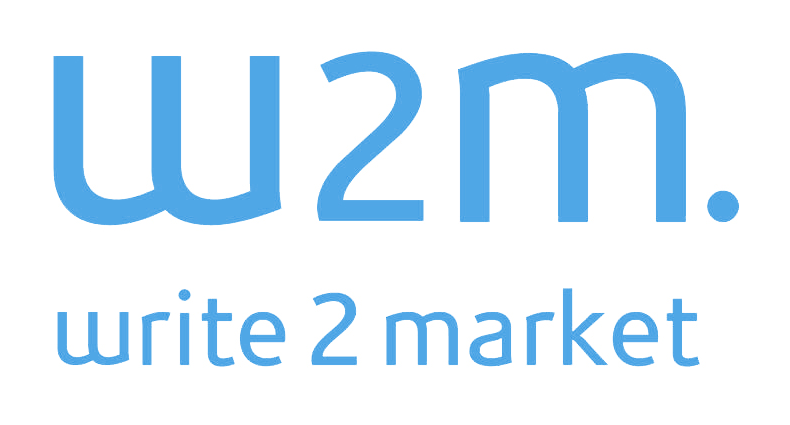B2B healthcare marketers work in a landscape that makes approval and publication of high-value content a top challenge. The potential to run afoul of regulatory bodies in claims, the need for absolute precision and data validation and subject matter experts with limited bandwidth to support marketing initiatives are just a few challenges to surmount. Fresh content needed to educate, inform and eventually convert new customers can be painfully difficult to pull through to publication, sharing, and utility. Frequently, high-value content gets caught in the review, edit and approval processes that diminish its value with time.
Here are three ways your B2B healthcare marketing agency can streamline the content approval process.
1. Work from approved content and ensure client contacts know it
Odds are good that readers of fresh content haven’t been to your website recently. They likely haven’t seen new key messages, headlines or posts. Unique posts or, better yet, case studies, likely fall into a theme or core capability for which you have a cornerstone page.
Drawing either directly or anecdotally from approved content from client subject matter experts lessens the burden, the number of reviewers and the time from review to publication for new pieces created by healthcare marketers. When sharing drafts with your clients, indicate what copy is pulled from previously-approved posts or pages and point directly to them in comments.
Keep core messaging up to date
Nothing makes pulling fresh content through to approval more efficient than keeping core corporate messaging up to date. Client contacts up to and especially including the C-suite should recognize approved core, contextual messages layered within fresh content. At minimum update and/or affirm core messaging annually including a short “About Us” (100 words or so), a longer “About Us” (200-300 words) and a short summary of unique core service lines and audiences.
2. Tie fresh content back to recent quarterly plans and specific client requests
It can be easy to stray from team-affirmed quarterly themes and priorities. While it is important to capitalize on opportunities not known following the most recent quarterly meeting, it is difficult to measure against quarterly goals when deviating from the content calendar and plan.
Ensure fresh content very clearly points back to recent plans and client-specific requests. For example, “This piece delivers on our latest quarterly plan to educate and engage urologists who may not be aware of the latest advancements in radiation therapy for prostate cancer treatment.”
Statements like that make it easy to understand what the client is reading and why it is a priority.
Affirm the content calendar regularly
Content shared with the client seemingly ‘out of thin air’ will cause them to ask, “Where did this come from and to what is it related?” Affirming quarterly content calendars in regular weekly or bi-weekly team meetings will help make clients more easily recall what the content is and how it relates to existing plans and priorities.
3. Work with subject matter expert directly in a dictated or live editing session
Clients frequently make suggestions to fresh pieces of content, seeking a slightly different turn of phrase or slight correction. While it is incumbent upon the agency to provide this, responding to suggestions can quickly devolve into a game of “guess what’s in my head,” which is counterproductive.
In that case, find five or 10 minutes in a one-on-one call to live edit with the client on the phone and in the document. Odds are, they don’t know precisely what they want. An agency well-versed in the subject matter and the client’s voice can usually satisfy the need in short order pulling content though to “approved” or “milestone reached” status.
In other cases, clients’ subject matter expertise is so precise that an interview is not enough to capture what they most want to share. They know exactly what it is and simply need someone to listen and type. Very high-value pieces of content can arrive at the finish line in less than half the time if you schedule 30 to 60 minutes of one-on-one time with the client and just let them speak while you capture.
The agency then needs to refine the copy and share a draft back with the client for a close review. The draft should not need intensive client editing before it’s ready to publish and share – only a review of details and tone should be required at this point.
Let's Talk!
Are you ready to boost your healthcare marketing and public relations activities to support sales growth and goals? If so, we would like to share more with you about who we are, how we work and the results we generate for our healthcare clients. Contact W2M VP of Healthcare Paul Snyder via email: paul@write2market.com.

